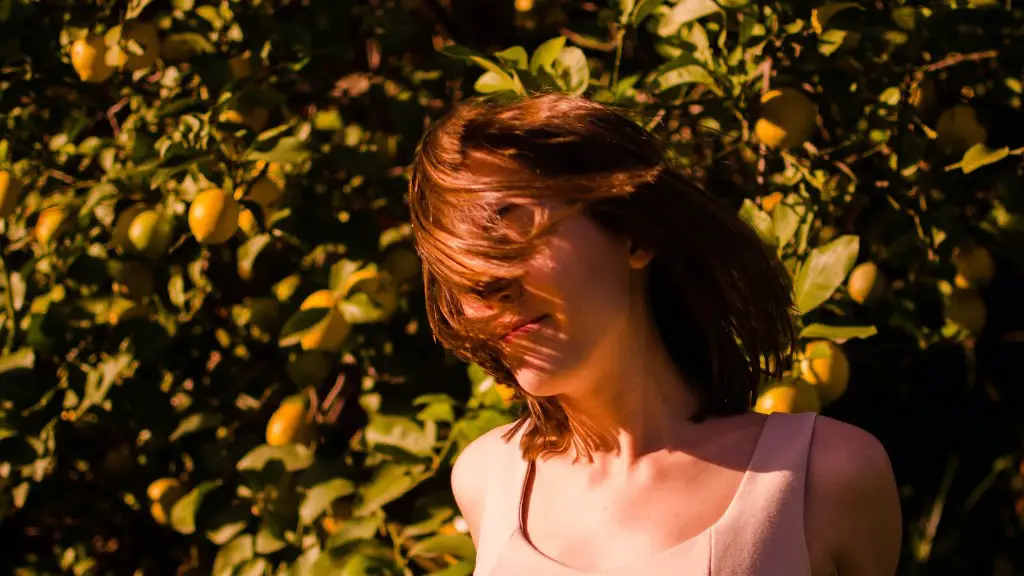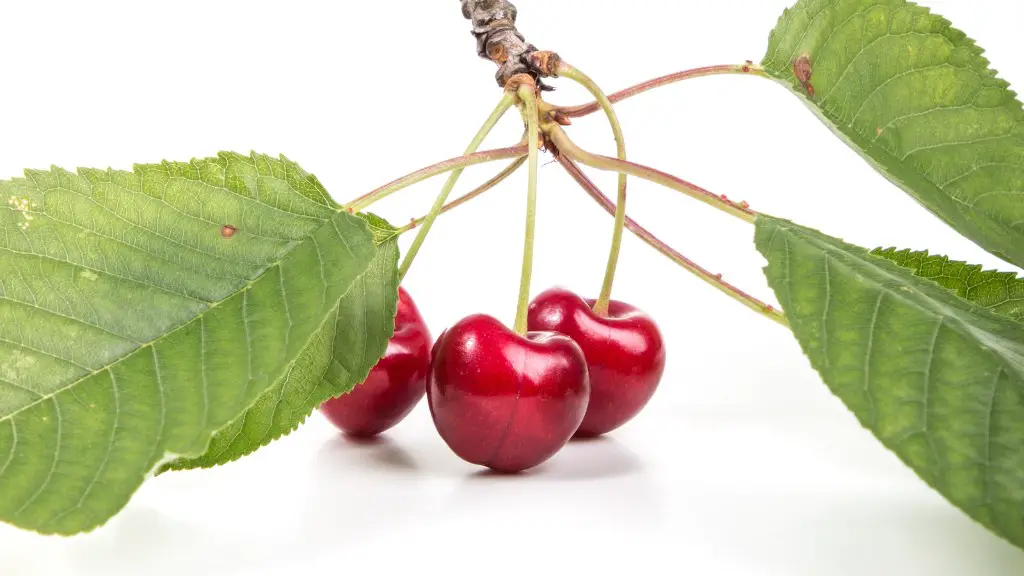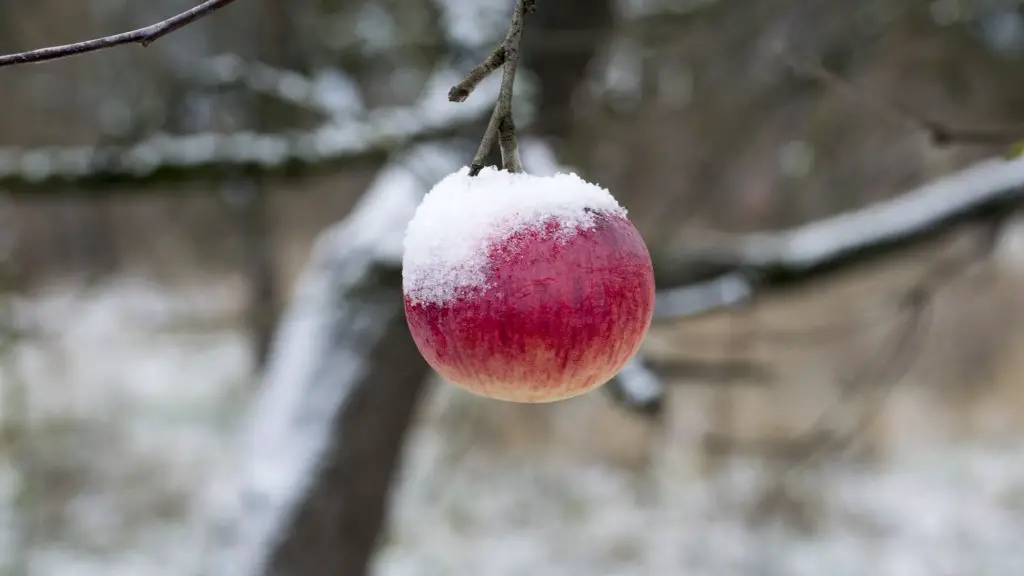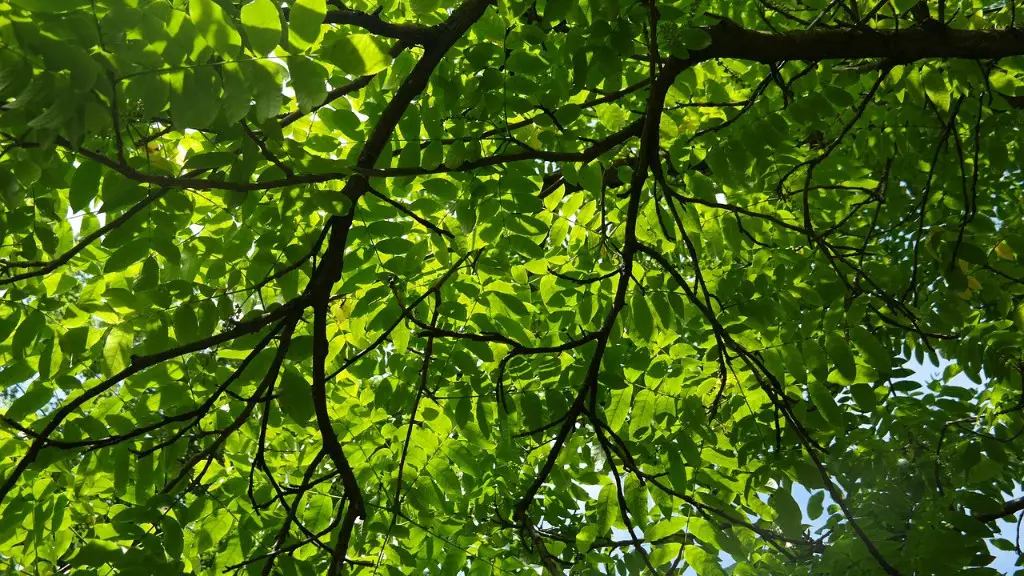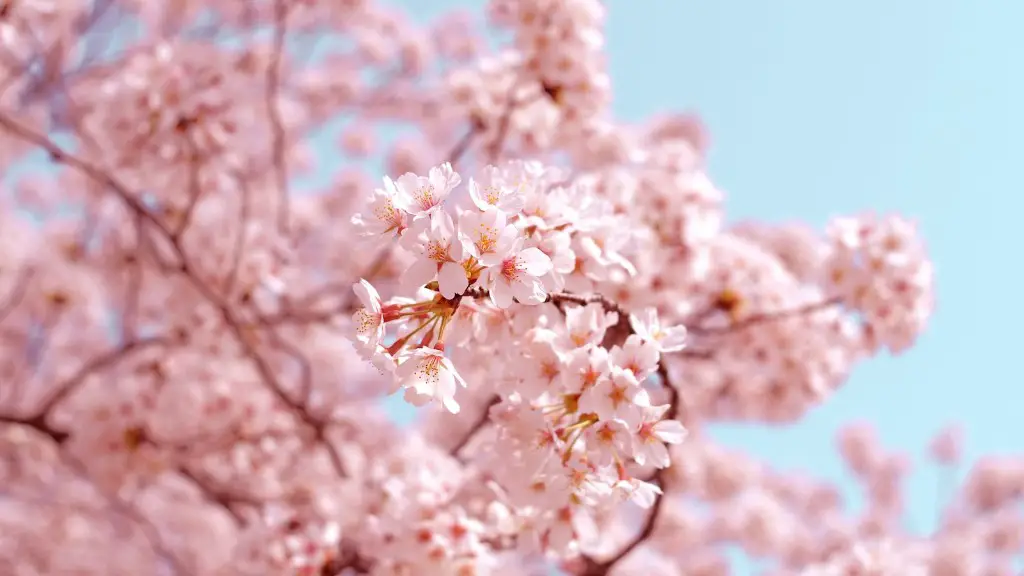Meyer lemons are a beloved fragrant citrus, prized for their thin rinds, tart flavor and sweet flesh. So when a Meyer lemon tree dies, it can be difficult to accept. To decide if your Meyer lemon tree is, indeed, dead, first you must investigate. Let’s take a look at the factors that might be in play.
The most obvious sign that a Meyer lemon tree is dead is a lack of growth. If branches are brittle, no leaves are growing, and the tree does not “bud” with any new growth, it is likely dead. In spring, Meyer lemon trees produce fragrant white blossoms. If these blossoms are missing or there are brown, withered areas on the tree, it is not likely to survive. If you can scrape a branch and see that it has a dry color inside, then your tree may be dead.
It is also important to consider other environmental factors that could be impacting the health of your Meyer lemon tree. If the tree has been getting too much or too little water, or is getting inadequate sunlight, it could be in trouble. Meyer Lemon trees require 6-8 hours of sun per day and need consistent, moderate watering to survive. If a Meyer lemon tree is not getting enough nutrients from the soil, it may not be well nourished enough to survive.
The good news is that sometimes a Meyer lemon tree may look dead, but could still be alive in some form. If you think that might be the case for your Meyer lemon tree, first prune away any dead or damaged branches, as this will help direct resources from the tree to the healthy parts. Place the trimmed-off branches in a bucket of water, and if they begin to leaf out, then you can replant them into soil. You can also try misting the entire tree with a weak solution of fertilizer and water, and this may help resurrect the tree if some of the roots are still alive.
It is also possible to buy a new Meyer lemon tree and plant it in the same space your old tree was in. Be sure the soil is of good quality and amend it with plenty of compost. Provide consistent moderate water and maintain an organic fertilizer regimen to encourage the growth of your tree.
Causes of Tree Death
Some of the most common causes of tree death are disease, injury, environmental factors, and pest infestation. Diseases like root rot, powdery mildew, and Phytophthora can cause extensive stem, leaf, or fruit damage that can lead to death if untreated. Injury to the bark or roots of a tree can cause damage or death depending on the extent of the injury. Environmental factors, such as excessive heat, cold temperatures, storms, droughts, floods, and soil deficiencies can all lead to tree death.
Pest infestation is one of the most prevalent causes of tree death. Insects like aphids, mealybugs, and scale insects can damage leaves, stems, and fruit, and can also spread disease and reproduce quickly. Fungal and bacterial infections, can also cause tree decline if left untreated. It is best to inspect your tree regularly for diseases, injury, and pests to ensure healthy growth.
When to Remove a Dead Tree
If your Meyer lemon tree has indeed died, it is best to remove it as soon as possible. A dead tree is not only an eye-sore, but can also lead to the spread of disease, damage or death to adjacent trees, and provide a haven for pests. Leaving a tree to decay in situ can also be dangerous as weakened branches may crack and fall, causing damage or injury.
For safety and aesthetic purposes, it is best to remove a dead Meyer lemon tree and replant a new one. If you are not sure of how to remove the tree without damaging your landscape, contact a certified arborist or qualified tree removal service. They will be able to safely remove the dead tree, and can advise on appropriate replanting and fertilizing.
Signs of Life in a Dead Tree
It is possible for a Meyer lemon tree to still show some signs of life, even if it is, in fact, dead. The leaves may still be green, and the tree may even produce some new growth. While this is a good sign, it does not necessarily mean the tree is alive and can be saved. If you notice new growth, be sure to check the limbs and branches for brittle areas and for signs of disease or infestation.
If your tree does have some green leaves, it is possible the roots and stem are still alive. However, if you notice wilting, browning, and dieback over time, then the chances of your tree coming back to life are slim. You may need to remove it, as preventing the spread of disease and pest infestation is key to ensuring the health of your other plants.
Fertilizing a New Tree
Meyer lemon trees need consistently moderate water, good quality soil, and regular fertilizing to thrive. If you have decided to plant a new tree in the space of the previous one, be sure to add good quality compost, mulch, and soil. Amend the soil with a fertilizer that is specifically designed for citrus and check soil pH to ensure acidity levels are optimal for citrus trees.
It is also important to provide consistent moisture to your Meyer lemon tree, as this helps its roots establish and aids in the uptake of fertilizer. Be sure to water the tree deeply and regularly to ensure healthy, vigorous growth. Regular fertilizing will help keep the tree healthy and provide essential nutrients. Follow the fertilizer instructions on the package for best results.
Providing Adequate Sunlight
Meyer lemons need 6-8 hours of sunlight a day to thrive. If your tree is receiving inadequate sunlight, it may be stunted in growth and can become vulnerable to disease and pests. If you are unsure of how much sunlight your tree is getting, it is best to move it to a sunnier spot or provide additional artificial sunlight. If this is the case, be sure that the artificial light is coming from an appropriate source, such as an LED or fluorescent light.
It is also important to remember that Meyer lemon trees can become sunburned if exposed to too much sun. If you notice your tree’s leaves becoming discolored, yellow-green, or mottled, it may be a sign of sunburn. Be sure to provide your tree with adequate protection from the sun, especially during the hottest parts of the day.
Preventing Disease and Pest Infestations
Having healthy, disease-free trees is essential if you want to maintain optimal growth. In order to prevent disease and pest infestations, it is important to keep an eye out for signs of distress in your trees. If you notice wilting, yellowing, or dieback of the leaves and fruit, it could be a sign of a disease or pest infestation. Be sure to contact a certified arborist to get an accurate diagnosis and treatment plan.
It is also important to inspect your tree regularly for signs of pests, such as ants, aphids, and scale insects. If you do notice pests on your Meyer lemon tree, contact a certified arborist to help remove them. To prevent disease and pest infestations in the future, be sure to use the proper fertilizers, provide adequate sunlight and water, and apply organic pest control methods.
Identifying the Signs of a Healthy Tree
Finally, it is important to be able to identify the signs of a healthy Meyer lemon tree. A healthy tree should have dark green leaves, white blossoms in the spring, and tart-tasting lemons in the late summer or fall. If your tree is producing yellowing leaves and no lemons, or the lemons are sour, this could be a sign of nutrient deficiency or disease.
A healthy Meyer lemon tree will also provide a fragrant scent and should not exhibit signs of wilting, dieback, discoloration, insects, or fungus. If you notice any of the above signs, it is best to contact a certified arborist to get a proper diagnosis and treatment plan.
